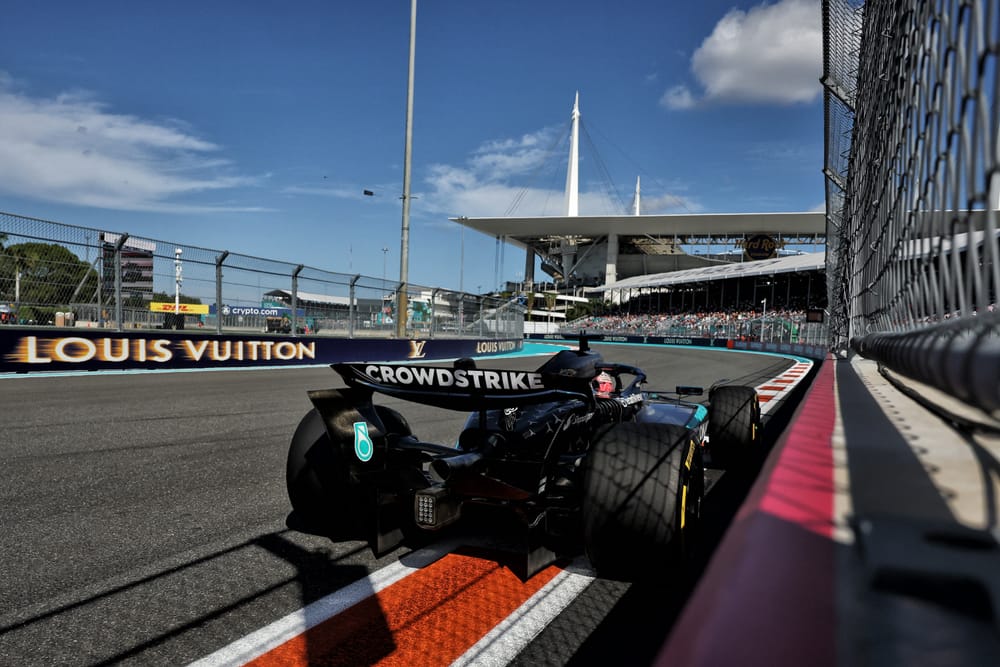When Kimi Antonelli produced the first bit of magic that was so greatly anticipated in his rookie Formula 1 season, the most important thing was that the speed was immediately repeatable.
Antonelli did not follow up pole for the Miami sprint with pole for the main event, but he proved it was not just a fluke getting it right on the day in a weird format by going third fastest 24 hours later, beating team-mate George Russell in grand prix qualifying for the first time in the process.
And in doing so, Antonelli earned high-level admiration from two people who know what it’s like to be finding your feet in F1 as a teenager.
“When you just start in Formula 1, there's so much to learn and to already be at this pace is very impressive,” said Max Verstappen.
“But I'm not surprised at the same time. He’ll only get better, to be honest. It's as simple as that.”
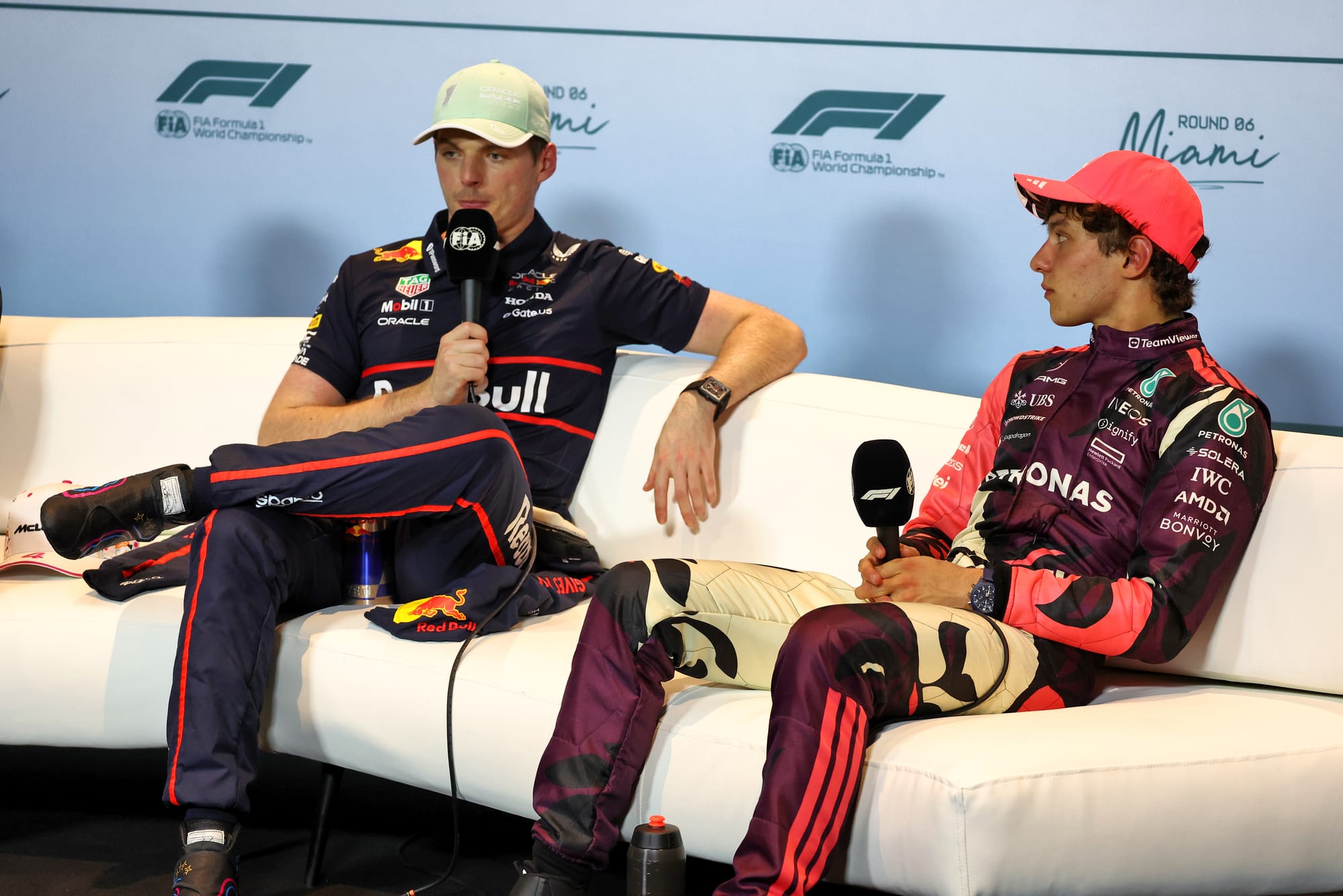
Lando Norris, sitting beside the pair of them in the post-qualifying press conference, added: “He's in Formula 1 for a reason. Everything else he did in his car racing career has been very strong.
“He's got a very good team-mate that beat Lewis [Hamilton] over the last couple of years. So if he's now able to beat that team-mate, being George, then he's clearly doing a very good job.”
Antonelli, slightly embarrassed, said that was all “too kind”. But it was a big deal for the 18-year-old to score his first headline-grabbing result.
Miami marked a noteworthy step in pure pace after Antonelli laid solid foundations for his rookie season in the opening five events. And those working closely with him had sensed more was coming.
Learning from ‘not the right mindset’
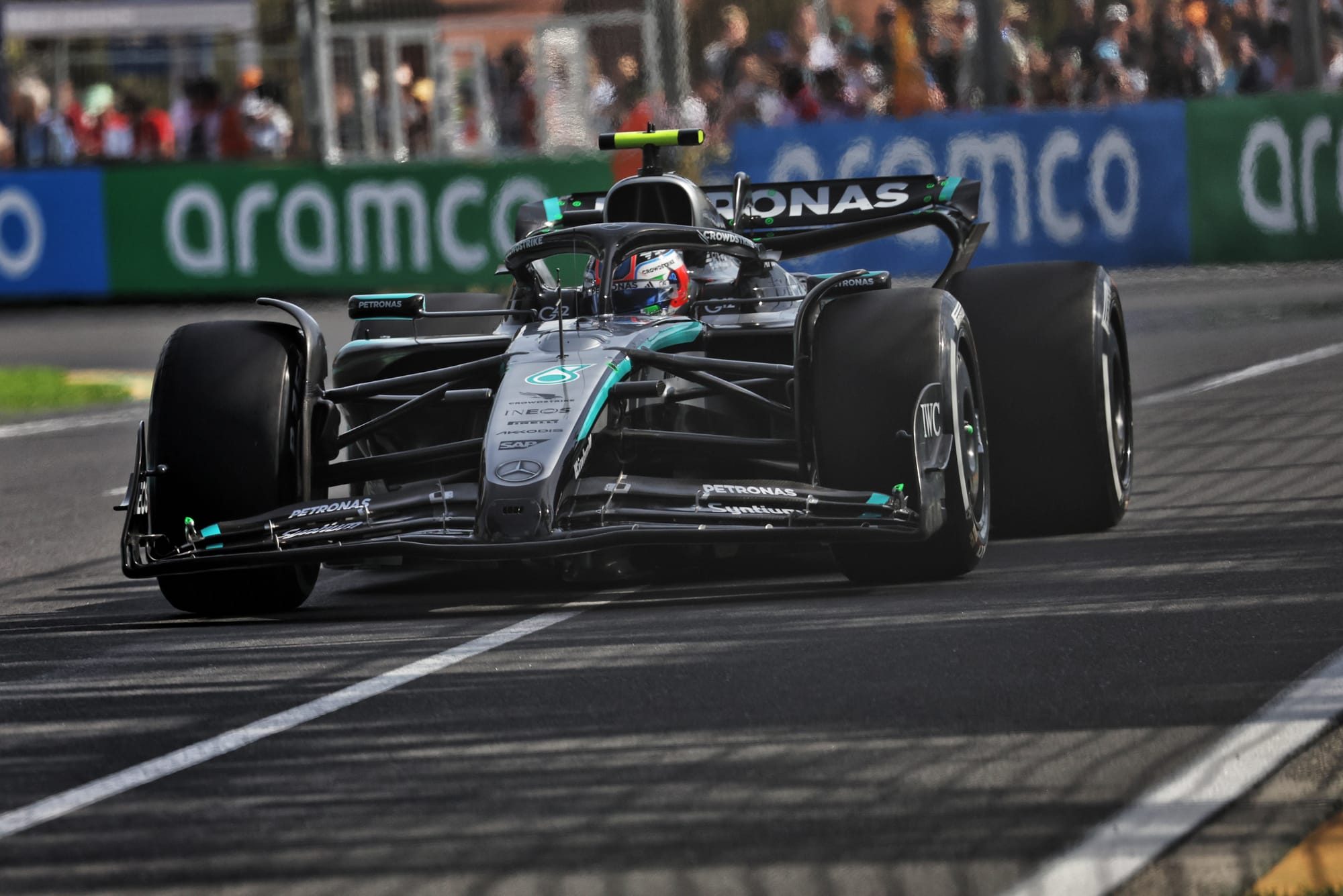
There had been a big emphasis early in the season for Antonelli to rack up the laps and learn.
He had immense preparation for his grand prix debut in old Mercedes machinery, but there was still so much more to master - the real car, new tyres, new tracks, the cadence of a race weekend, myriad set-up options, the reality of racing on this grid, and countless other less noticeable but significant factors, like onerous marketing and media requirements.
With Antonelli guilty of getting too carried away on his first official F1 outing with Mercedes last year, crashing on the second lap of FP1 at Monza, he had learned the hard way that the risk attached to going flat out early on was not worth the reward. And Mercedes did not ask too much of Antonelli on-track to start with.
So, he was given the freedom to build up. But, as Antonelli found to his cost on his first trip to Suzuka, that can come at its own price.
“You really need to be careful with your mindset,” he explained. “If you tell yourself 'oh FP1, I'm going to start easy, just going to slowly get into the rhythm', it's not really the right mindset.
“You want to build up but you want to start off already with a good level of pushing. If you start too far off, then it's really hard to catch up.
“Suzuka, I had the approach of building up, but mindset-wise it was not the right one. I started way too easy and then I had to make such a huge step of driving in qualifying.
“Of course, especially in new tracks, you don't want to go out and push lap one, straight to the limit, and then maybe do a mistake, because then that will just hurt your confidence.
"But I think you don't want to start too far off. Because while the others keep improving, you have to make a really huge step and most of the time it's really difficult to make.
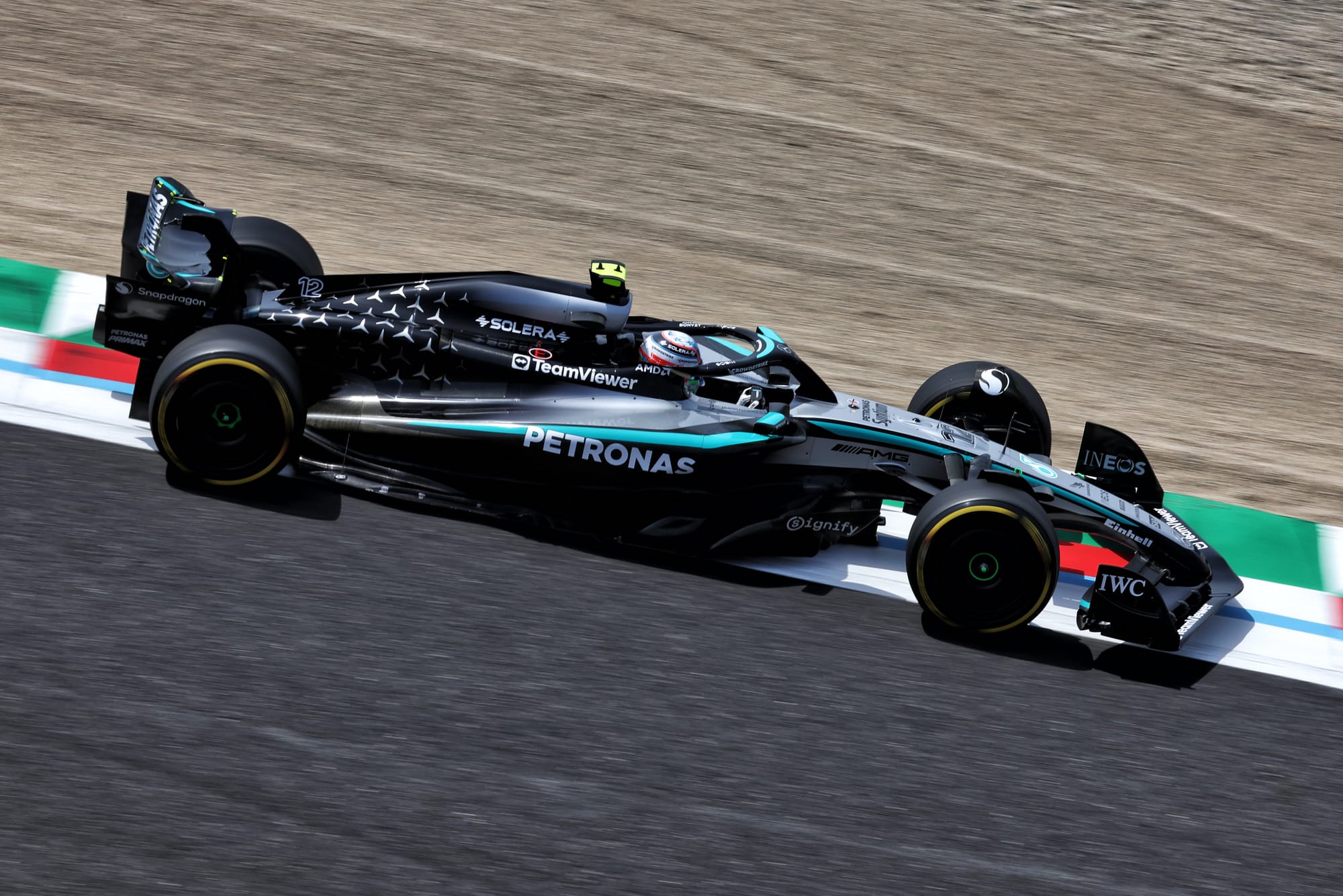
“In Suzuka I was super happy with qualifying, because I was able to make that huge step. But at the same time I was really disappointed. I was like 'what if I drove better [in practice], what if I was more close to the limit?'.
“Qualifying could've been different, I would've arrived with a different confidence and maybe the result would've been different.”
Since the start of the season, Antonelli had shown steps towards where he needed to be. A small misjudgement running wide in Melbourne had big consequences with the floor damage that caused him to get eliminated in Q1, and while he was in top 10 in China he never looked comfortable or particularly fast.
But as he noted, Japan was a decent step to the third row of the grid for the first time, and the moment things started to click more.
Back to a circuit he’d already driven in this car - Bahrain - he was a couple of tenths away from Russell, and this time on the second row.
A mistake in the first sector cost a potential repeat in Saudi Arabia, where the frustration of not quite putting the lap in that he should have crept through for the first time.
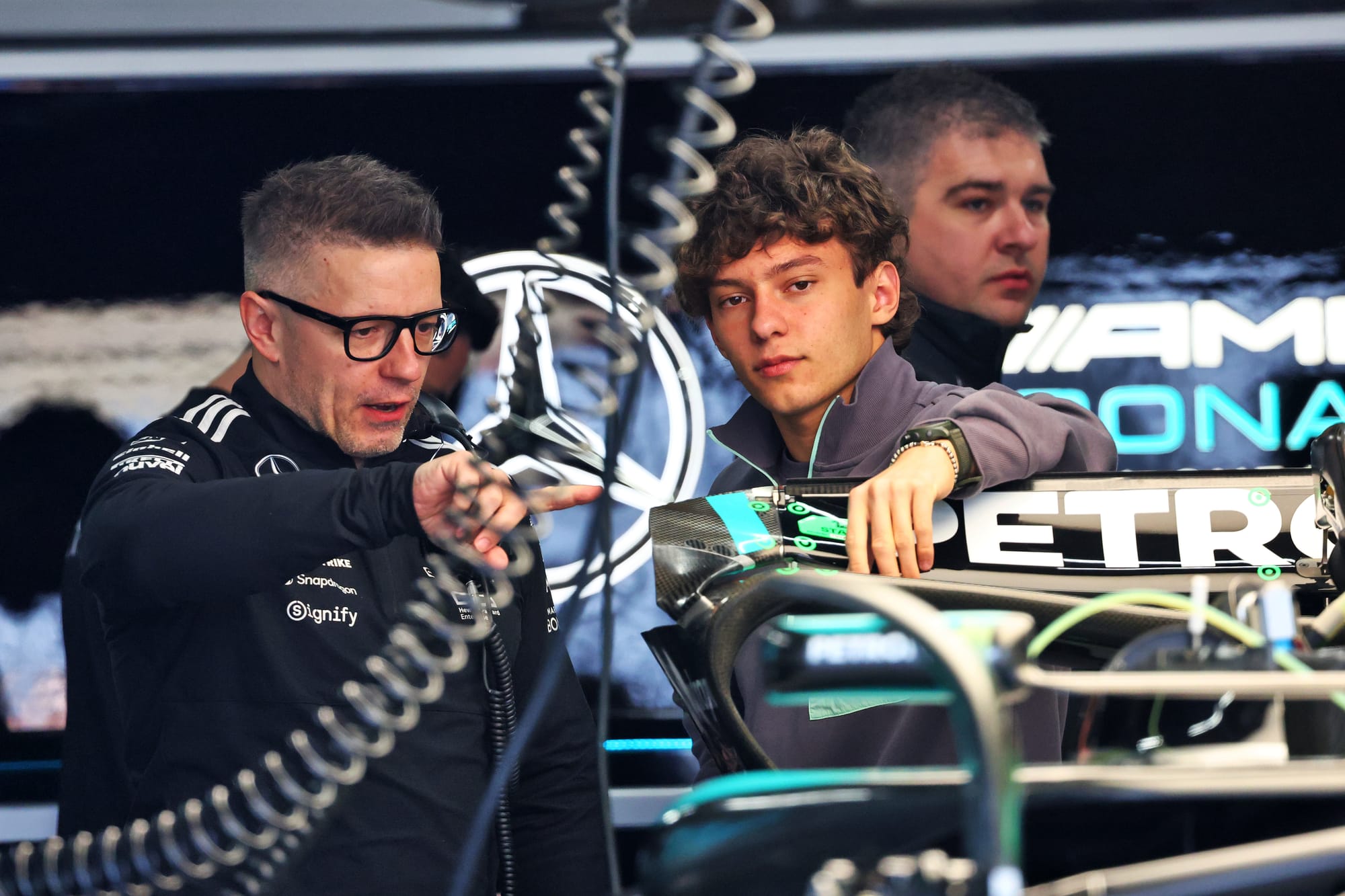
A week off after that triple-header helped, as it gave Antonelli a little breather to process all the information of the first few events, and the areas to improve and piece things together.
What played out in Miami was therefore a natural consequence of Antonelli’s progress - little steps in confidence, set-up understanding and comfort in the car all combining with a rapid adaptation to a new track to let him lean more on his obvious ability, drive that little bit more freely, and unleash outstanding one-lap pace.
“Every weekend is learning and experience and more confidence with the car as well,” said Antonelli.
“So really, really happy with how every weekend I'm able to play a lot more with the car and trying to explore the limit as well.”
It was the first case of what will surely be many where Antonelli is jaw-droppingly good this season.
But there will be downsides too. He will probably spin or shunt in a bigger way again sooner or later. And there are going to be days where his inexperience shows.
In fact, he had that experience in Miami, where his qualifying performances gave way to disappointing race results - partly of his own making, partly due to circumstance.
Why it slipped away in Miami
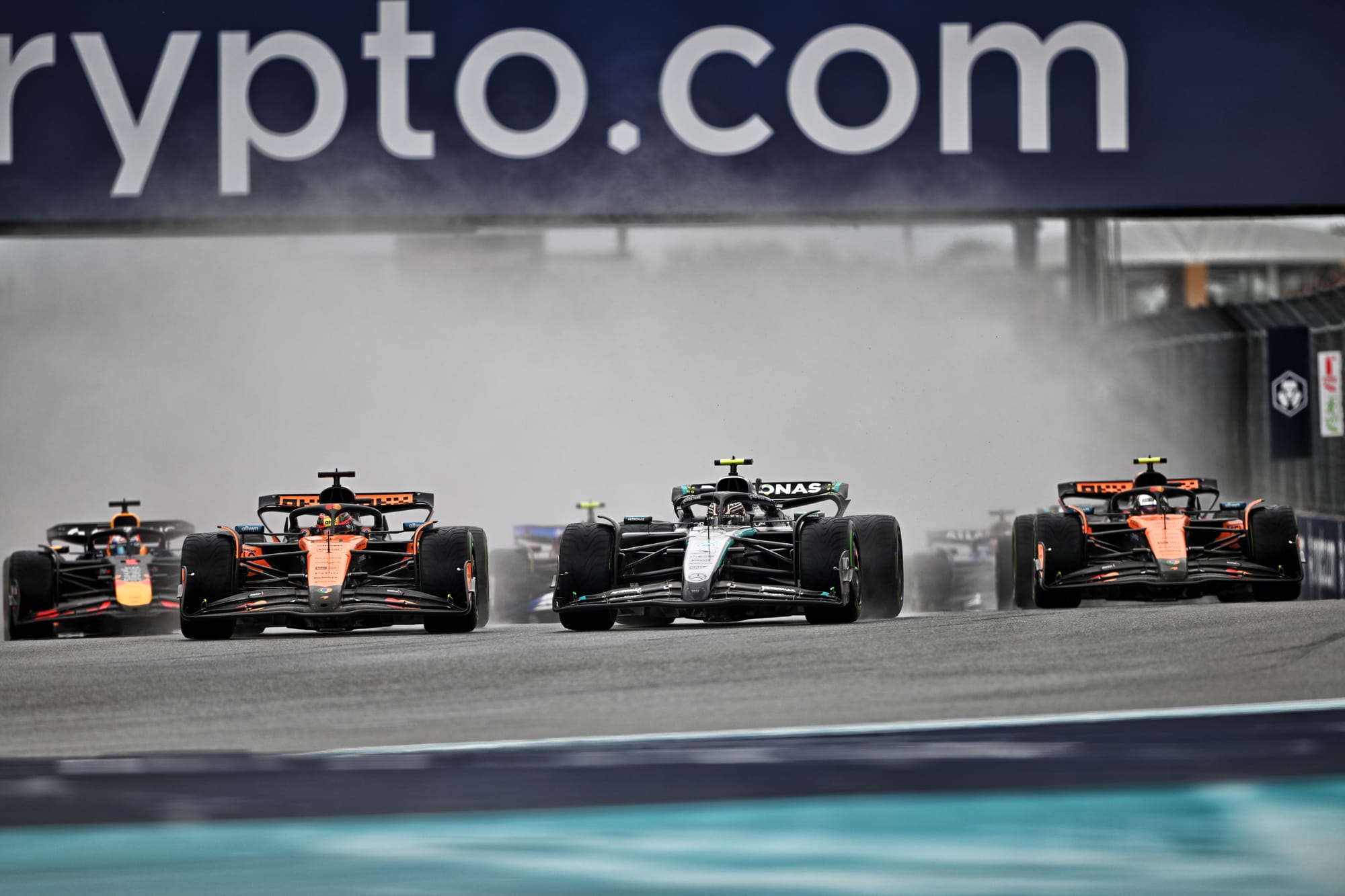
After a little wheelspin in the second phase of his start in the wet sprint, Antonelli probably fought a little too much trying to hang on the outside against Oscar Piastri.
But Antonelli could do nothing about the egregious unsafe release by Red Bull later on that put Verstappen unwittingly into Antonelli’s path in the pitlane and ruined both their races.
There was a hint of him learning from the sprint already in the grand prix. Though he still half-attacked on the outside into Turn 1, this time from third, that was just good positioning more than anything given the inside was crowded.
And Antonelli gave himself enough leeway to be able to cut back enough when Verstappen went deep, so even though Piastri looked like he could sneak through, Antonelli was in the right place to see him off, opportunistically grabbing second from Norris as he had his own Verstappen clash, and even briefly challenging for the lead.
But Antonelli avoided getting carried away on the outside of Verstappen into the high-speed sweeps of the first sector, and sensibly slotted into second.
It wasn’t a big deal but that little bit of restraint showed good composure when the temptation of trying to take the lead could have suckered him into something reckless.
Unfortunately the rest of the race was a combination of gradually slipping back and struggling with both sets of tyres.
While his feeling on the medium was good, the pace wasn’t great - Russell was pretty much sticking with him despite being on the slower hards - and then when Antonelli himself moved onto harder rubber, his race turned to nothing as he lamented to race engineer Peter Bonington that he just had no grip.
“It was difficult to judge how hard to push it,” said Mercedes technical director James Allison.
“If you push it [the tyre] too hard, it will overheat and die sooner than you want.
"Don't push it quite hard enough and it's not really in the window where it grips well.
“He was just not finding it super easy to get the happy medium between those two places. But he's ever so young and he's only done a handful of races.
“The progress that we've seen in Kimi is really evident. All of these things are brilliant opportunities for him to learn and for him to have in the years ahead.”
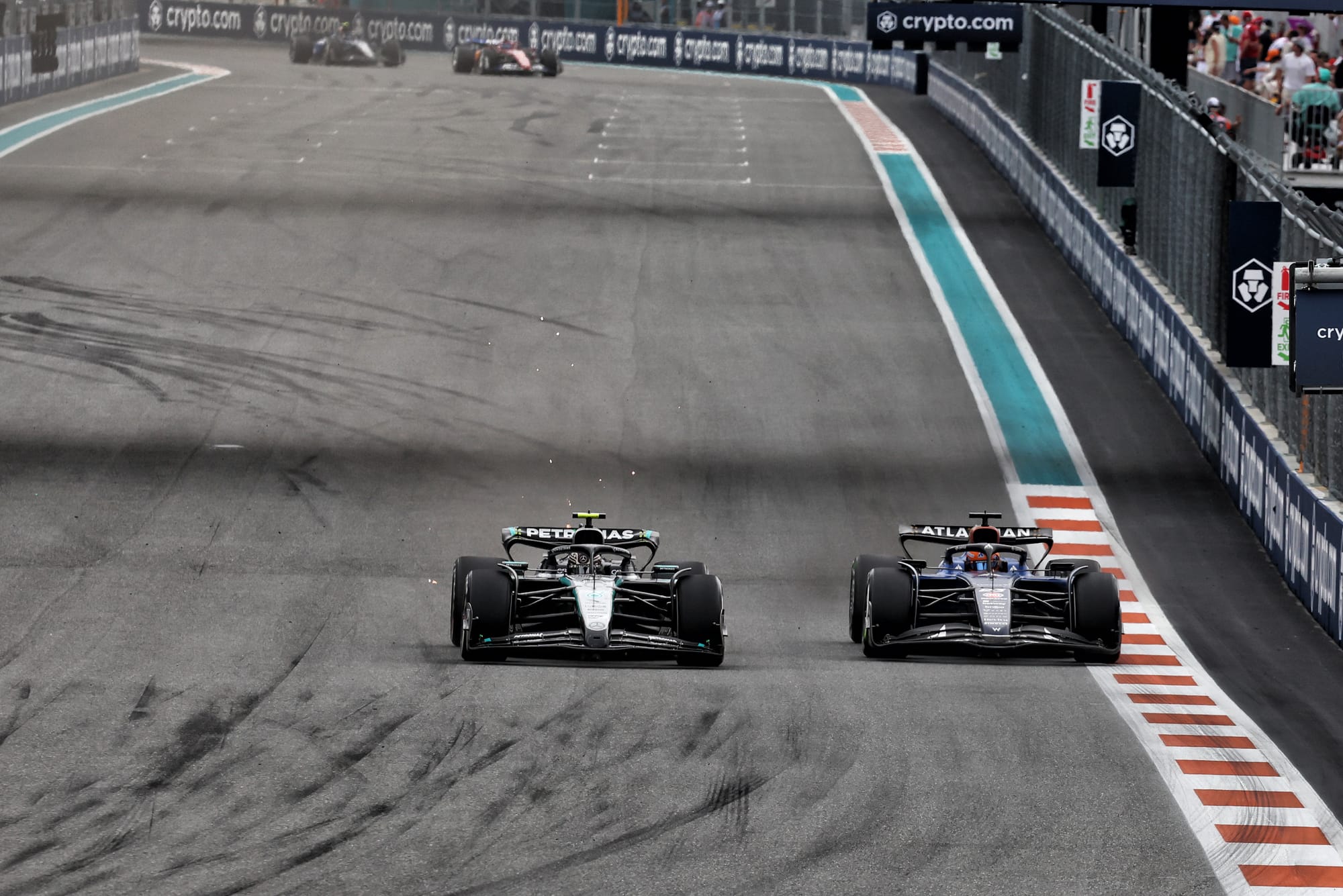
The upshot in Miami was finishing sixth and 18 seconds behind Russell, plus being beaten by Alex Albon’s Williams on pure pace - and Antonelli will surely learn from the poorly judged Turn 1 defence that allowed Albon by so easily on the exit.
Antonelli might have slipped back even further than sixth had a woeful Ferrari not dithered over managing its two drivers on different strategies.
Still, the end result was slightly exaggerated by a necessary hold at his pitstop to avoid releasing Antonelli into Carlos Sainz, which cost a couple of seconds and moved Albon into range much more quickly, plus a virtual safety car that allowed Russell to make a cheaper pitstop.
“The high point is definitely seeing his speed on a single lap was great - another proof of his talent and a good indication of how the future can be,” said Mercedes team boss Toto Wolff of Antonelli's Miami weekend.
“Then in the race, challenging. It’s so difficult here to find the right reference. You can say was the medium stint quick enough with George holding on on the hard tyre, that was not good.
“When he went onto the hard, he just lacks experience managing it in the right way. Finding the right reference - Bono really tried to guide him - but when you're in that car it's not easy.
“It's just part of the learning curve, nothing that is disappointing or not - overall I go away with the feeling that he's done a good job.”
One of F1’s great cliches is that you learn the most on your bad days - which the races in Miami would probably qualify as. So there is ample opportunity to learn.
And when a driver is as inexperienced as Antonelli, the good moments have a lot of value too. How exactly was this achieved? What changed to achieve it? Was it - is it - repeatable?
Mercedes and Antonelli already seem to have some clear answers to those questions, as well as a benefit from an intangible but critical factor - as Allison put it: “A tremendous lift in confidence from knowing that he was genuinely quick in qualifying.”


